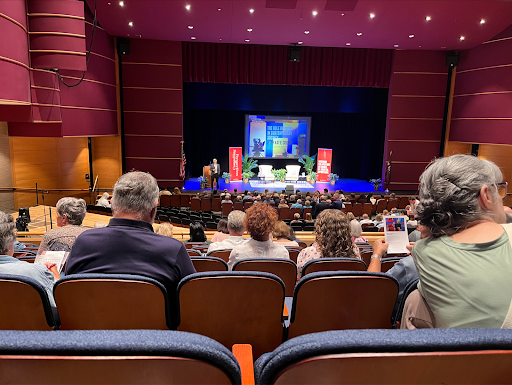ROTC Student Reports on Air Assault School

Photo courtesy of Joseph Voitek
I had a great experience at Air Assault School, which allowed me to build on my leadership skills and further my knowledge in the Army. It was my first experience in the Army outside of Reserve Officers Training Corps, ROTC, and it gave me a great opportunity to meet many new people and gain a deeper understanding of how the Army operates outside of ROTC.
Air Assault School was broken down into three phases.
Before beginning Air Assault School you had to first pass Day Zero. This included a timed two mile run that had to be completed in under 18 minutes, and you had to complete an obstacle course and pass at least nine of the ten obstacles.
After passing the Day Zero events, the first phase began immediately after. If you did not pass both events, you would be dropped from the course.
The first phase was the combat assault phase, which included aircraft safety/orientation, principles of areo-medical operations, pathfinder operations, and combat assault operation. At the end of the first phase, we had to pass a written test, a hands-on test, and a six-mile ruck march in under 90 minutes in order to make it to phase two.
The second phase involved sling load operations. In this phase, you learn how to rig equipment onto a rotary aircraft using a sling. At the end of this phase we had a written and hands-on test that we needed to pass in order to make it to phase three.
The phase two hands-on test is known to be one of the more difficult tasks to complete at Air Assault School. In this test, you need to inspect four different sling loads. During the test each sling load had five deficiencies and you needed to find at least four out of five differences on each one in order to pass.
The third and final phase was the most enjoyable for me. It is the rappel phase, during which you complete five graded rappels off a 100-foot tower and then rappel out of an UH-60 helicopter (Blackhawk) from 120 feet. Rappelling consists of a controlled descent from a given height using a rope, carabiner, and Swiss seat harness.
On the rappel tower, which is the first rappel that you complete, is a traditional wall rappel and the remaining four rappels are open air rappels, which means that there is no wall along the tower to assist you on the way down.
The final event is a 12-mile ruck march. This event was on the last day and the final event that you needed to pass in order to graduate. A ruck march is essentially a movement that is completed with a rucksack (backpack with metal frame), FLC (vest with additional gear), and weapon.
For each ruck march at Air Assault School, packed in your ruck needed to be the entire packing list, which made your ruck weigh around 40 to 45 pounds. The 12-mile ruck needed to be completed in under three hours.
Rappelling out of the UH-60 was my favorite part of Air Assault School and was a great experience. It was the first opportunity that I had to rappel since I began my ROTC career as a freshman. When I got to the top of the tower for the first time to complete my first rappel, I was very excited because I tend to love these sorts of activities, and I knew that I was going to have fun doing it.
The most important thing that I learned at Air Assault School is the importance of discipline. Discipline is a key factor that you need in life in order to be successful, and at Air Assault School, without discipline, you would fail or be dropped from the course.
It was crucial to follow the standards at all times to ensure that you did and had everything you needed. There is a specific packing list for Air Assault School that needs to be fulfilled. At any time the instructors could have requested to complete an equipment layout and after both ruck marches and equipment layout occurred.
In order to pass the ruck marches you had to first finish the ruck in the given time but directly afterwards an equipment layout happened. If you were missing one item, you failed the inspection and would be dropped from the course.
In the end, Air Assault School was a great opportunity for me to build on myself and assist me throughout my Army career.






